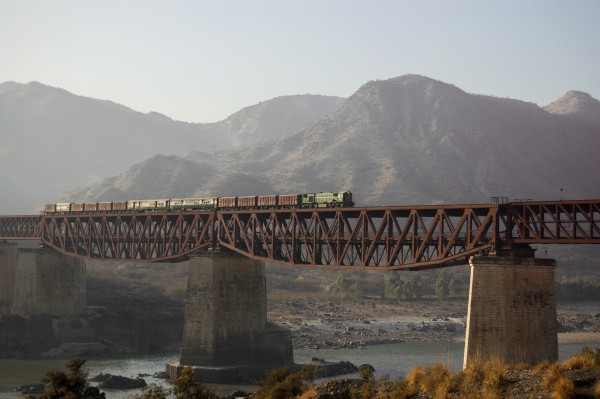By: Brigham A. McCown
This past week, the California Public Utilities Commission (CPUC) announced a new endeavor into unexplored territory; rail bridge inspections.
While some consider the new foray an astute step for continued safety standards, others are left perplexed at the new program, as their primary goal remains utility rate enforcement.
According to a recent article in the Sacramento Bee, the CPUC announced it would hire two different bridge inspectors to inspect the nearly 5,000 rail bridges in the state of California. With calculations cited by the CPUC, it will take both inspectors nearly 50 years to inspect the state’s rail bridges.
A ruling by the Federal Railroad Administration under supervision of the Department of Transportation in July 2010, laid out rules for bridge safety standards, which call for annual scheduled bridge inspections for all rail lines. At the rate listed above, inspectors from the CPUC will have spent 50 years simply inspecting the initial 5,000 bridges, without returning to inspect each annually.
Citing a concern for potential rail bridge failures, the commission and the state of California pushed for the development of this bridge inspection program. One should first ask the question, however; what previous rail bridge failures inspired this concern?
Structural failures of bridges are incredibly rare, with impeccable safety records across the U.S. By foregoing the standards in which rail companies maintain their structures, and creating a new entity from an otherwise unrelated organization, concerns are warranted for impending CPUC overreach.
Transitioning a focus on utility safety to bridge inspections hints at a lack of focus by the CPUC to manage its core programs. Creating this additional program will only dilute its resources further, hindering the flow of commerce.
According to a final ruling on bridge safety standards, by the Federal Railroad Administration (FRA) in July 2010, inspector’s singlehandedly control the passage of trains over bridges. The ruling states, “An inspector shall be designated to authorize or restrict the operation of railroad traffic over a bridge according to its immediate condition or state of repair” (2010 Bridge Safety Standards). Allowing the CPUC to manage a bridge inspection program, gives the organization direct control over the flow of commerce.
Rail transports a myriad of necessary goods every day, ranging from grain to the gasoline. Creating an additional step in maintenance protocols merely blurs the responsibility for safety.
In the end, this most recent decision distracts the commission from focusing on its intended mission of upholding safety and compliance for utility companies, creating unnecessary concerns for the safety of our infrastructure.






